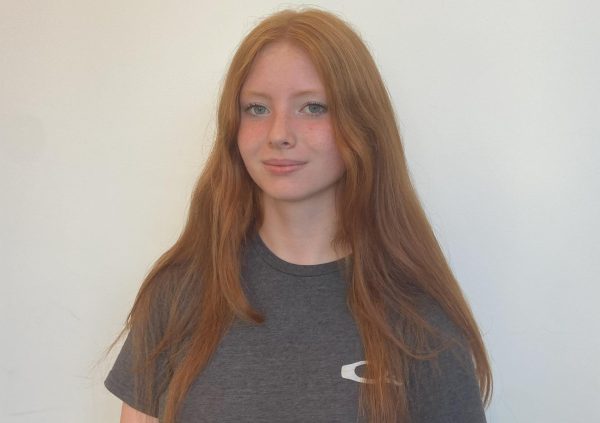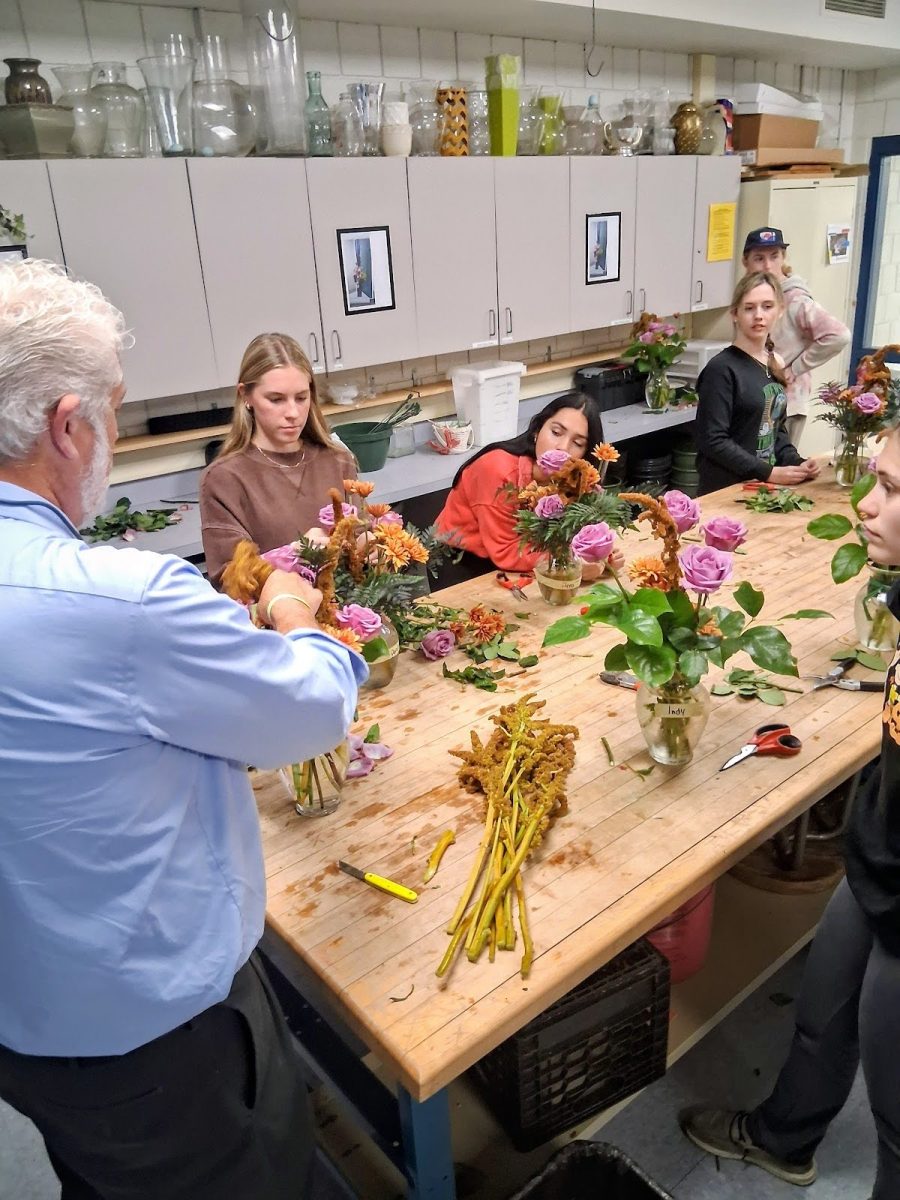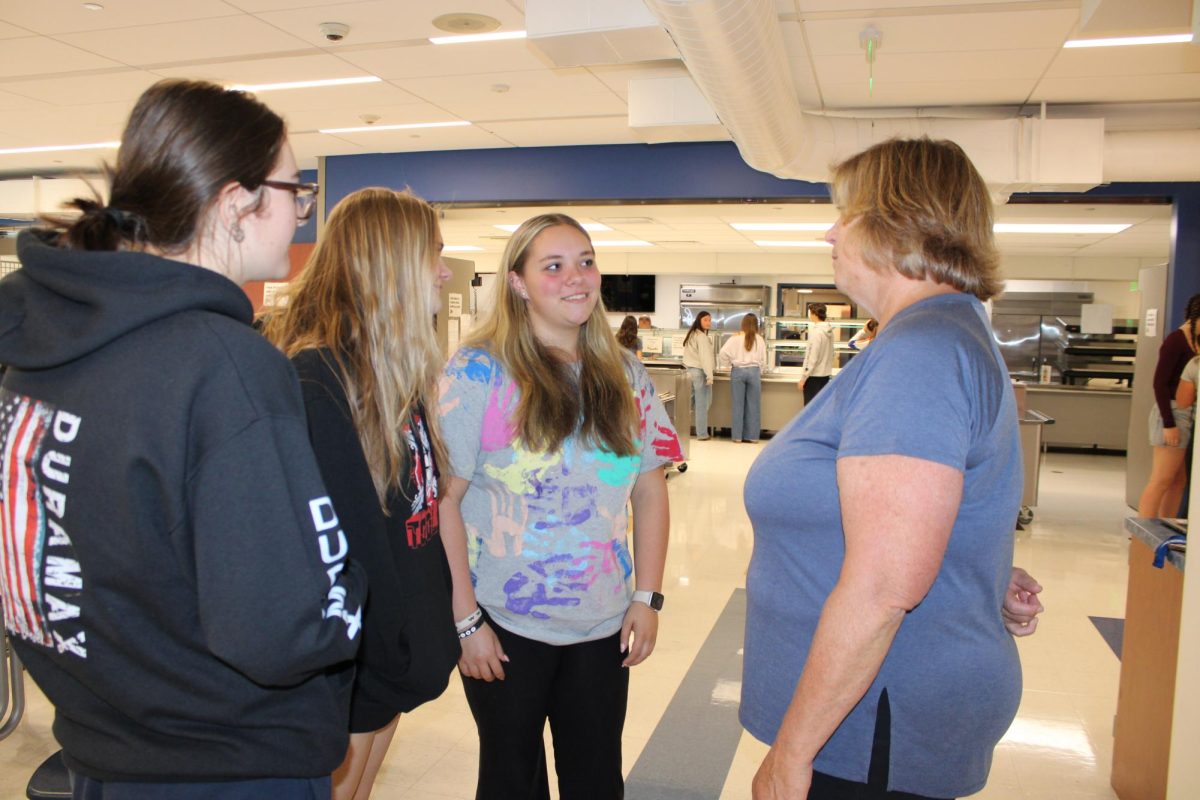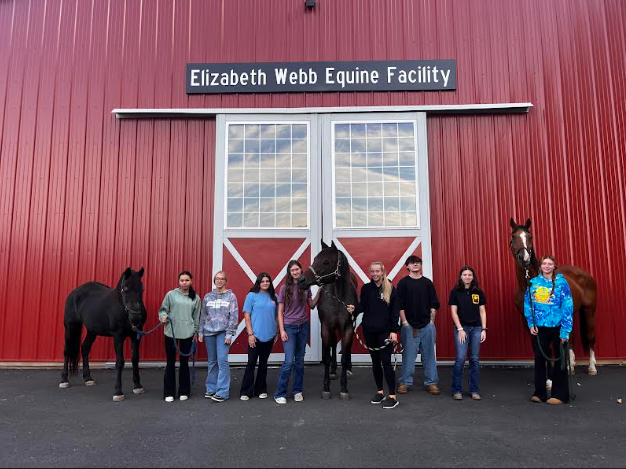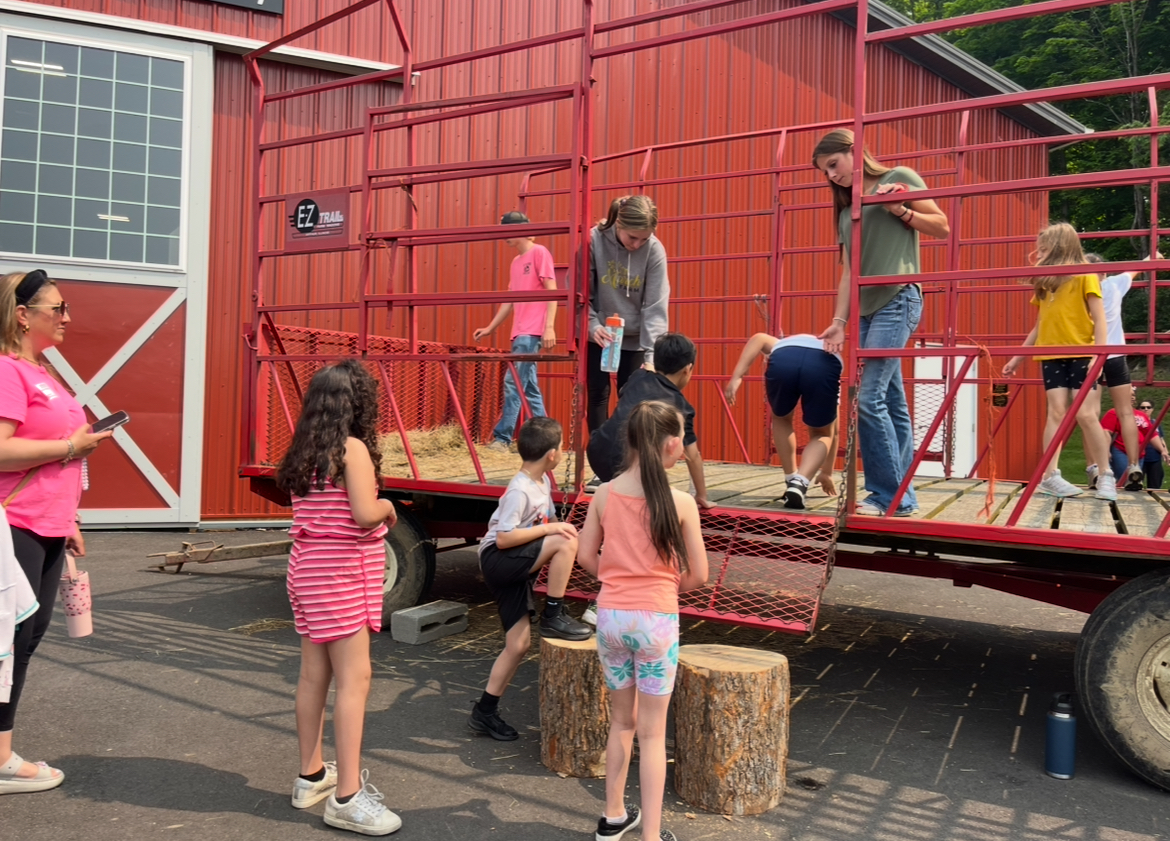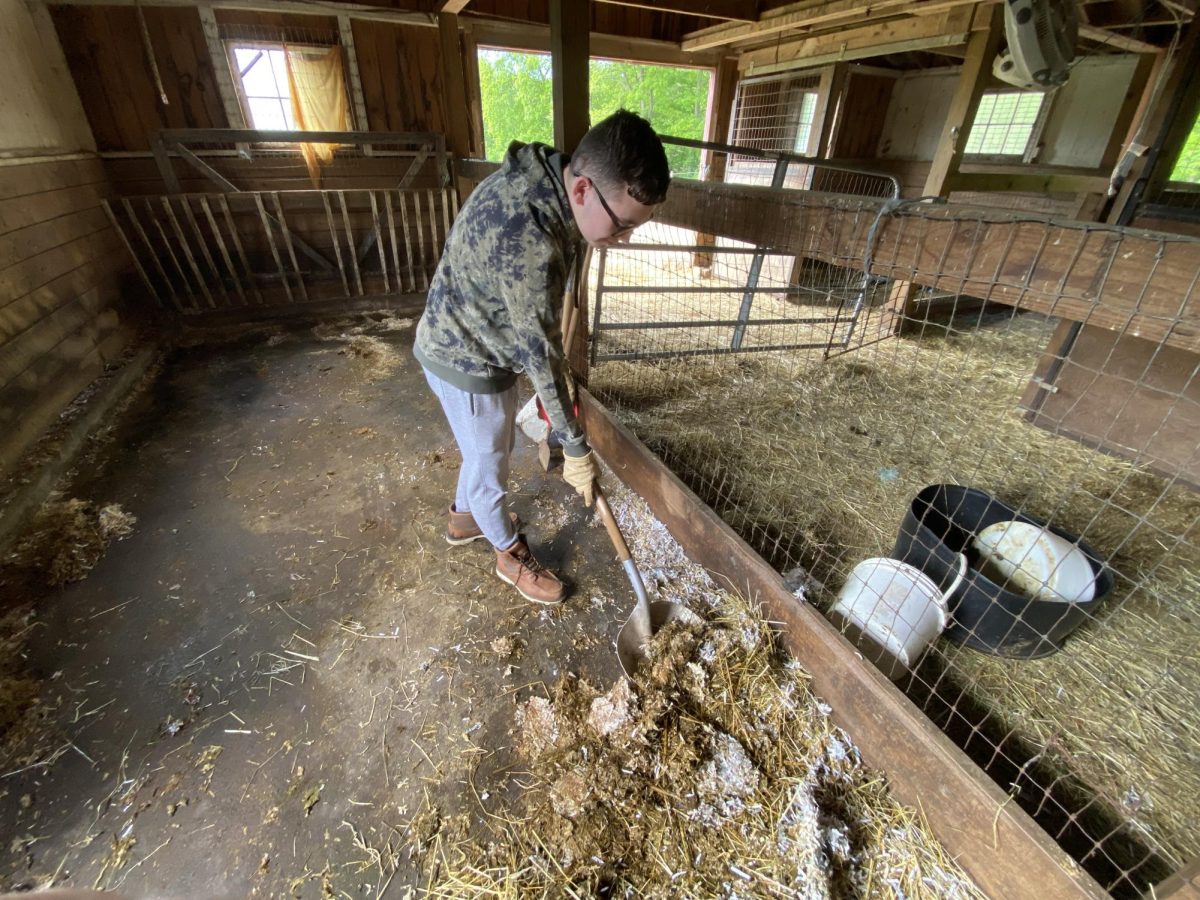WOODBURY — For 10 years, Nonnewaug High School’s aquaculture class has only dipped its toes into the freshwater ponds of knowledge, but now the tide has changed with the introduction of saltwater tanks.
“It’s really exciting to bring this opportunity to the kids and allow them to figure out the marine side of what aquaculture can bring,” said Nonnewaug aquaculture instructor Leanne Golembeski, “especially because it’s such a large industry.”
After two long months of preparation and diligent testing, the junior and senior class are ready to grow and maintain coral for the first time in the aquaculture program.
“I think it’s really exciting,” said Golembeski. “A lot of the students have mentioned to me that they have been looking forward to this. I’ve had students tell me that this is one of the main reasons they wanted to be a part of the [aquaculture] program.”
With excitement flourishing in the classroom, students are now experiencing what it’s like to feel real responsibility on their shoulders.
“I think responsibility-wise, it will teach students that if they want their tank to become successful then they have to be able to step up to the plate,” said Golembeski.
With each member of the group being held accountable by their peers, it encourages students to use their teamwork skills to problem solve, compromise, and work cohesively as a team.
“I think it’s already a huge learning curve for students,” said Golembeski. “The reason I was able to split up the junior and senior class into five different groups is because I wanted to create an environment for kids to work together but also have them take full accountability for what happened to their tank.”
This way, students are forced to be able to understand what they are asking the teacher and why they are asking it. It makes them pay closer attention and holds them accountable if they miss directions as well as being more accountable with their peers.
Students are allowed to get any accessory or extra organism they want for their tank as long as the proper research and preparation has been done beforehand.
“If the students wanted to add something besides coral into their tank, then they have to budget it out themselves because that is what they are choosing to do,” said Golembeski.
Some students have already seized the opportunity to add different organisms and decorations to their tank already.
“The new coral reef tanks are really cool,” said Nonnewaug junior Karisa Cizauskas. “It is interesting to learn how they work because we’ve never done anything like this before. Our tank [group] got Damsel fish for our tank and we love them.”
If one person in their reef tank group is not on the same page, it not only affects the group; it affects the corals, too. This new setup also gives students the new opportunity to measure their own chemicals and figure out for themselves how to start and maintain saltwater tanks.
“[This experience] allows them to acknowledge that other people and other organisms are dependent on them,” said Golembeski.





